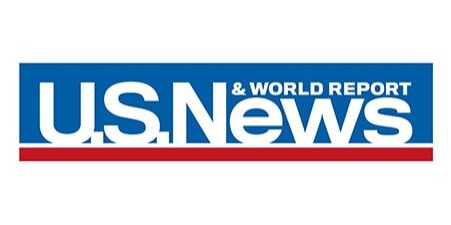Perspectives – Marc Cooper – March 2024
The Remarkable Staying Power of M&A
by CEO Marc S. Cooper
This century has seen one seismic shift after another — from black swan events like the 9/11 terrorist attack, the Great Recession, and the Covid-19 pandemic to the disruptive impact of cryptocurrencies, renewable energy, and artificial intelligence.
These days I’m often asked by journalists whether the geopolitical events in the Middle East, or our combative presidential election-year politics at home, will conspire to dampen the risk appetite of corporate leaders for ambitious mergers, asset sales, and capital raising.
The short answer: Not as much as one might think.
Don’t get me wrong. Sudden shifts in business sentiment, monetary policy, and economic growth obviously influence C-suite decisions in the short-term to acquire and divest assets. We’ve just experienced two years of relatively muted M&A transaction volume, as the Federal Reserve steadily raised its benchmark interest rate to slay inflationary pressures.
Yet broaden the time perspective a bit, and it’s clear business leaders — in good times and bad — see the enduring value of M&A to revitalize business portfolios, to enhance shareholder value, and to transform big organizations for future prosperity.
In my experience, CEOs and boards overseeing world-class companies opportunistically seek ways to improve their performance, and M&A can be an effective strategy to get there.
When managers have a long-term perspective, understand the strategic logic of a merger, and price it and execute it with skill, they can unlock significant value, savings, and scale. This is perhaps even more true in times of economic uncertainty, when companies may be looking for ways to weather slower growth periods and emerge stronger on the other side.
Consider the last 15 years since the end of the Great Recession, when the global economy teetered on the brink of collapse. Well-managed companies that made long-term strategic acquisitions back then, and held those assets, have generally experienced significant returns.
The S&P 500 Index, which tracks the stock market performance of America’s biggest publicly traded companies, has increased by about 350% since the start of 2010. In 2009, total US corporate defaults spiked to 195 companies. Yet from 2010 to 2022, defaults averaged only about 60 annually, according to data compiled by S&P Global.
None of this is to say that mergers and acquisitions aren’t high-stakes undertakings, often with considerable financial, operational and reputational risk for the acquirer. Successful deals require a keen understanding of the strategic logic behind a merger, as well as the ability to manage it effectively. This means identifying potential synergies, integrating cultures and operations, and hitting performance targets.
And while debt financing can be a powerful tool for creating value, it must be used judiciously. Smart acquirers never overextend themselves, recognizing that economic and business conditions can change unexpectedly.
Success is never a given, and there’s always execution risk. It’s all about sticking to the M&A basics: strategic thinking, rigorous due diligence, sensible leverage, and managerial focus with clear deliverables.
Buying and selling assets, diversifying a product portfolio, achieving economies of scale — if you think about it, these have been defining features of capitalism for centuries. That’s why M&A has never really fallen out of fashion, and remains so critically integral to thriving in a competitive business world.
It’s simply a very cost-efficient way for companies to pursue growth, increase productivity and respond to new competitive pressures. I personally don’t think that’s ever going to change, regardless of the slings and arrows of outrageous fortune that lie ahead.





